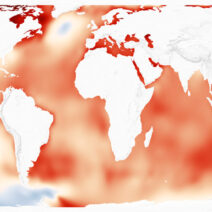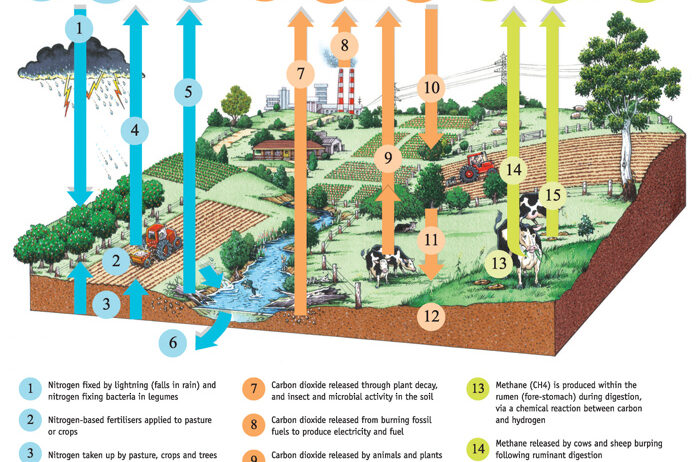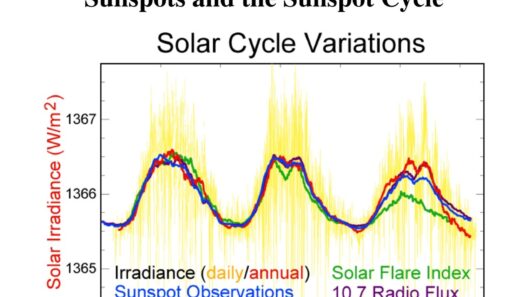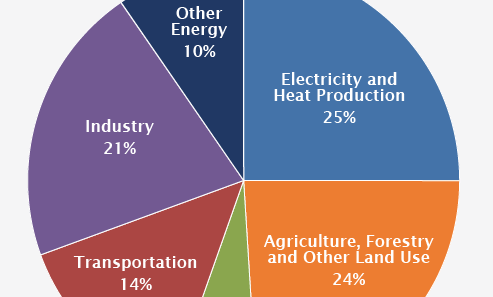As we embark on the journey from farm to forecast, a whimsical question emerges: What if every carrot had a story to tell about the air we breathe? Imagine wandering through an idyllic farm, each plant whispering the secrets of carbon emissions and climate change. The reality is much grimmer than this playful fantasy. Agriculture, while essential for sustenance, plays a significant role in exacerbating the climate crisis. Understanding the intricate relationship between farming practices and greenhouse gas emissions is imperative as we navigate the complexities of modern food production.
The first consideration lies in the sheer scale of agricultural operations worldwide. With over 40% of the Earth’s land surface devoted to agriculture, the sector has an undeniable impact on the environment. Livestock production is a prime contributor, generating substantial methane emissions—an incredibly potent greenhouse gas. Methane, with its capacity to trap heat in the atmosphere, significantly amplifies the greenhouse effect—a crucial element in climate change dynamics. A single cow, for instance, can produce up to 100 kg of methane annually, presenting a formidable challenge for sustainability advocates.
Transitioning from the pasture to the field, crop cultivation also reveals its dark side. The cultivation of rice, a staple food for more than half the global population, leads to the production of methane as well. When rice paddies are flooded, anaerobic conditions promote the proliferation of methane-producing microorganisms. Thus, at a time when food security is paramount, rice cultivation presents an ironic dilemma: feeding the masses while sowing seeds of environmental degradation.
Fertilizer use amplifies the environmental challenge. Synthetic fertilizers, while beneficial for crop yields, release nitrous oxide, another greenhouse gas with significant warming potential. The Haber-Bosch process, a method for producing nitrogen fertilizers, contributes to approximately 3% of global greenhouse gas emissions. As crops thrive on these fertilizers, the hidden costs to our atmosphere are substantial, creating a discord between agricultural efficiency and ecological integrity.
But does this mean that all hope is lost? Not necessarily. The evolving practices in sustainable agriculture present viable alternatives. Regenerative practices, such as crop rotation, agroforestry, and organic farming, offer pathways to reduce emissions while enhancing biodiversity. By mimicking natural ecosystems, regenerative agriculture can restore soil health, sequester carbon dioxide, and mitigate the adverse effects of farming on climate change.
Engagement with technology also holds promise. Precision agriculture, which utilizes data analytics and technologies like drones and satellite imagery, can optimize resource use— minimizing waste and emissions. By applying fertilizers and water only when and where necessary, farmers are reducing their carbon footprints significantly. This shift towards smart farming techniques encourages conscientious stewardship of the land while bolstering crop yields and economic viability.
Another critical aspect of agriculture’s climate impact is the often-overlooked issue of food waste. It is estimated that one-third of all food produced globally is wasted. This waste contributes to greenhouse gas emissions as decomposing food emits methane. Addressing food waste through improved supply chain management, consumer education, and food redistribution strategies can significantly alleviate some of agriculture’s burden on climate change.
Farming techniques are not the only factors in this climate equation; socioeconomic elements also present formidable challenges. Smallholder farmers, who make up around 80% of the world’s food providers, often lack the resources and support necessary to adopt sustainable practices. This inequity not only perpetuates poverty but also impedes progress toward sustainability. Raising awareness and providing resources to those at the grassroots level is paramount in fostering a more resilient agricultural system.
Consumer behavior plays a critical role as well. As individuals become more conscious of their dietary choices and the environmental implications they carry, a shift toward more sustainable options can influence agricultural practices. Plant-based diets, for instance, require significantly fewer resources and emit lower greenhouse gases. The increasing demand for sustainable products pushes farmers to consider the ecological ramifications of their practices—an encouraging trend in the fight against climate change.
Policy initiatives must also align with a sustainable agricultural goal. Governments have a crucial role in enacting regulations and incentives that encourage eco-friendly farming practices. Supporting research into sustainable technologies, subsidizing organic farming, and creating conservation programs can fundamentally alter the trajectory of agricultural emissions. Only through collective policy-based action can the agricultural sector pivot toward a sustainable future.
As we contemplate this journey from farm to forecast, it becomes clear that agriculture is a double-edged sword. While it is essential for our survival, the methods by which we produce food can either foster or undermine our planet’s health. The potential for transformative change exists—if only we rise to meet the challenge. By fostering sustainable practices, embracing technology, and shifting consumer habits, we can create an agricultural system that feeds both people and the planet, ensuring that the whispers of those carrots can ultimately tell a story of hope and resilience.




